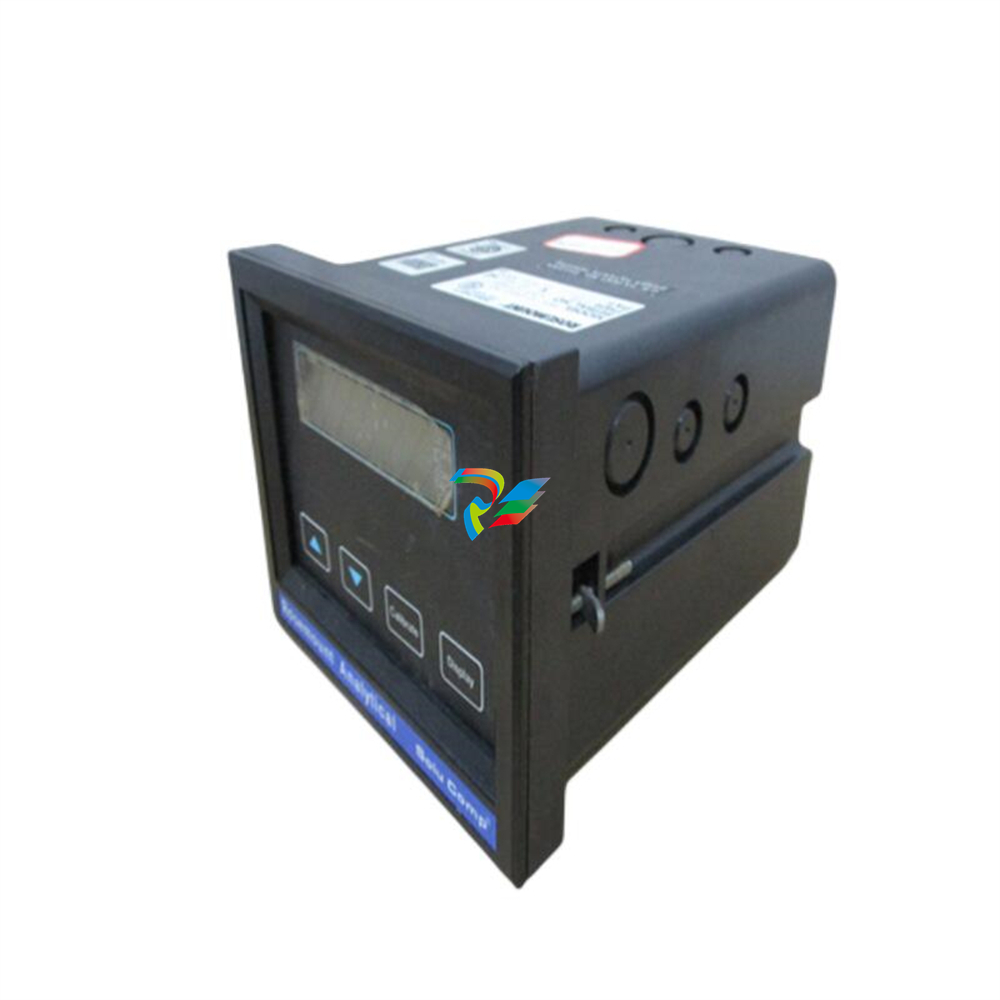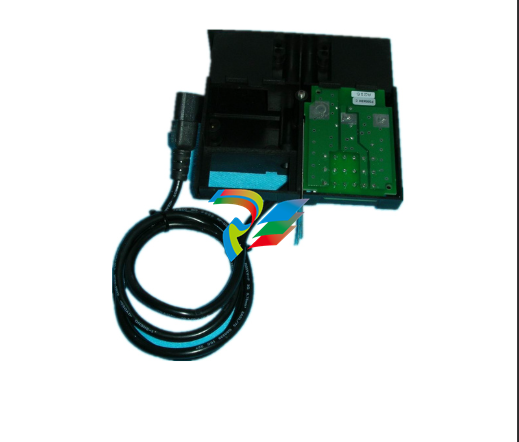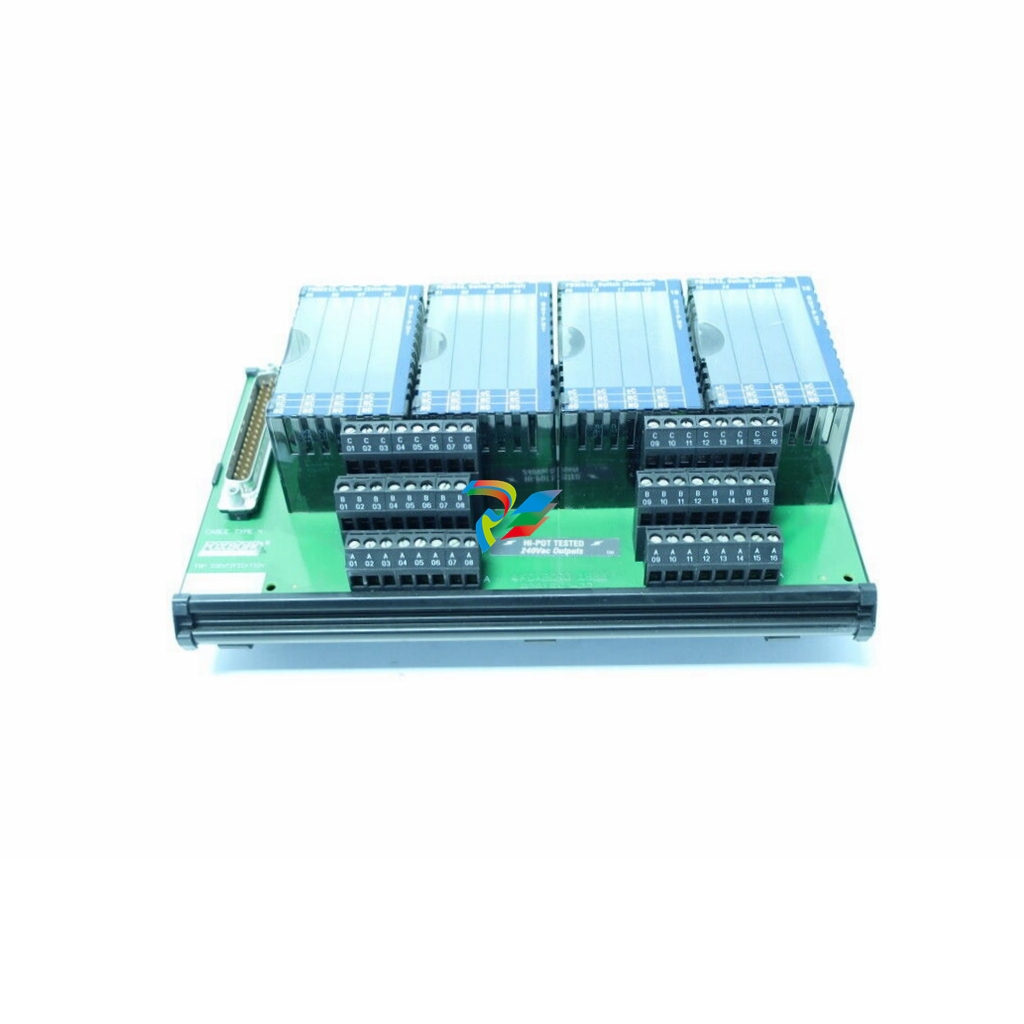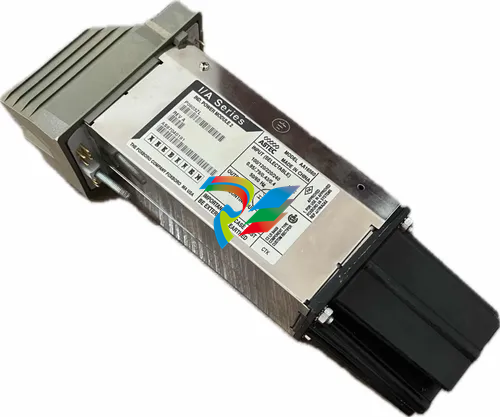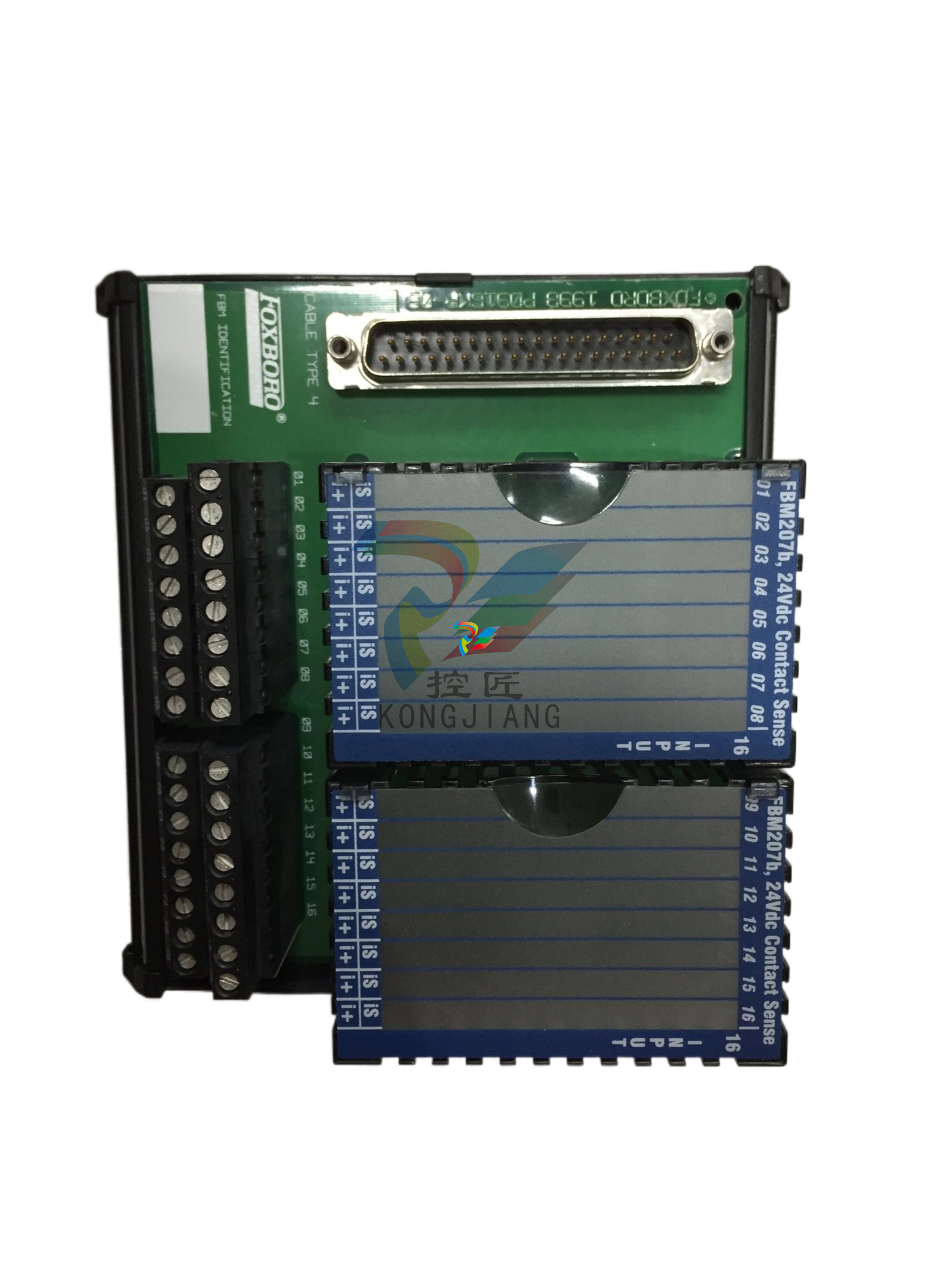
Ask the Automation Pros: What Are Your Thoughts About the Need for and Use of Simulation in Process Control?
Michael A. Traube’s response
The following paper used a high-fidelity model to explore if/how electrification of distillation column reboilers would affect tower operations and what the controls design would have to consider to handle sudden reboiler duty load changes. It’s this type of case study effort where high-fidelity dynamic modeling comes in very handy: one couldn’t (wouldn’t want to) try this with real equipment!
“Implications for control systems in highly volatile energy markets: Using a high purity distillation electrification case study," according to Isuru A. Udugama, Michael A. Taube, Rob Kirkpatrick, Christoph Bayer, Brent R. Young; Chemical Engineering Research and Design, 203 (2024) 431-440
Erik Cornelson’s response
That's very interesting. I attached here the link to the paper: Implications for control systems in highly volatile energy markets: Using a high purity distillation electrification case study - ScienceDirect
Electrification is a big trend now and I know some industrial processes in large plants are being electrified, such as Calcination or Drying in large furnaces.
Michael, I haven't read the paper yet, but what are your key insights related to the electrification and modeling of these processes?
Michael A. Traube’s follow-up
Thanks for adding the link, Erik; very helpful!
Yes, electrification is a trending thing. Ironically, one of my specialty chemical clients in North America just recently replaced their electric reboilers with a Hot Oil (Fired Heater) system! But that was mostly due to poor performance from expansion and aging equipment.
As a bulk of the authors are from New Zealand, where electrification is gaining lots of attention, the point of the paper was to assess the feasibility of using the inherent thermodynamic properties of the process as a “process battery” to help absorb some of the load change upon a change (in the “wrong direction”) of electricity rates. The control-related portion was focused on how the controls might be designed to help facilitate a smooth transition from one state to another. A young colleague (whom I referred to as my “Kiwi Apprentice”), Dr. Isuru Udugama, did all the heavy lifting in creating the model and configuring the control function blocks available in the simulation package (HYSIS, I think).
A couple of items I addressed was that not all processes may benefit from the “process battery” concept due to the inherent thermo properties of the process fluid. We had a fair amount of water in the process which, when the tower pressure is quickly reduced, generates some steam, thus somewhat mitigating the los of available reboiler duty. The other aspect was in regards to the mechanical design considerations versus economics: the higher “normal” operating pressure could shift capital costs significantly in the wrong direction. There was also the issue of pressure cycles on mechanical integrity (much like the airframe industry discovered with the first pressurized aircraft and more recently–1970/80s?–with jets operating very short routes with lots of pressure cycles). All of the above, of course, was tagged as subjects for future papers!
The results of the study indicated that it is potentially feasible to design facilities using electric heat sources (rather than burning hydrocarbons), but with the understanding of the caveats above.
Greg McMillan’s response
There are so many different application details including process conditions and goals and instrumentation capabilities and installations, it is extremely difficult to generalize what is best for another application even they are in the same plant and have the same types of process variables. Publications focus on the story of success and not application details due to proprietary information limitations, lack of understanding of fundamentals, and a marketing approach.
I always wanted to know “why” that get you to the “how”. The heat of this approach is the scientific methos seeking causes for effects, realizing the importance of experimentation, and opening my mind to show the solution could be wrong recognizing we often learn the most from what is wrong.
I was fortunate throughout my 50-year career in process control to be encouraged to pursue knowledge discovery by sharing mistakes and seeking an understanding of first principle relationships and instrumentation dynamics. I started out as a lead E&I engineer and discovered that the prevalent rule used by the contractor to not use positioners on fast loops was wrong and dangerous. I had to install positioners during checkout of what would be the world’s largest acrylonitrile (AN) plant. Many of my 30 books flag this and the even worse problem of substituting a booster for a positioner on a diaphragm actuator that resulted from an extension of the same rule.
With a goal of knowledge discovery and experimentation, I built a dynamic simulation on my own time for compressor surge control as the lead E&I engineer on AN project. After startup, I was invited to move to Engineering Technology (ET) working with worlds’ leading simulation experts. The steady state simulator FLOWTRAN developed by these experts was given to Aspen Research, a newly created USA government agency to make this modeling capability widely available. The steady state simulation software and physical property package ended up in AspenTech, a newly created by members of Aspen Research.

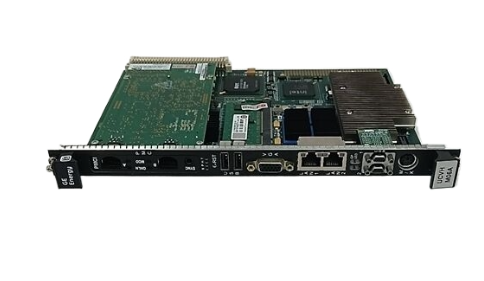
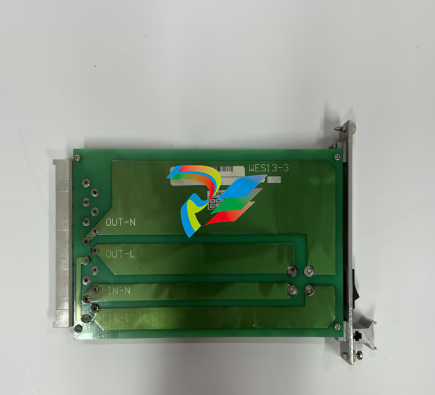
.jpg)

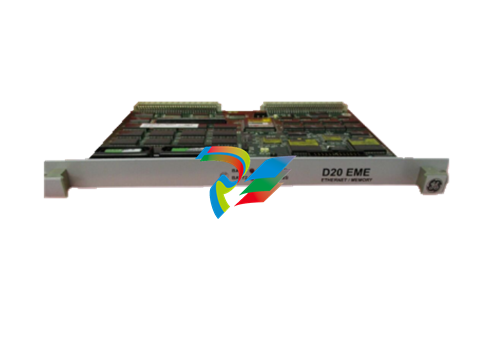
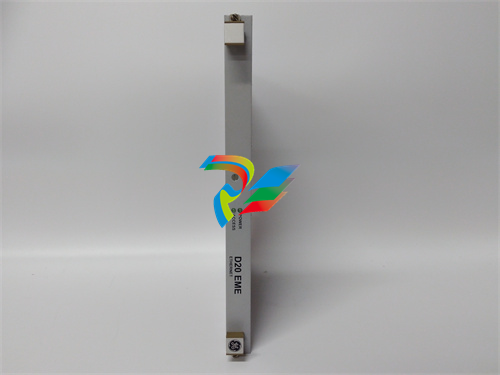
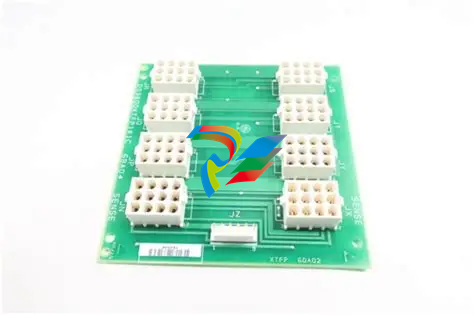












































.jpg)
.jpg)





.jpg)



.png)
.jpg)

.jpg)
_lVjBYb.jpg)

.jpg)
.jpg)



.jpg)
.jpg)







.jpg)

.jpg)
.jpg)






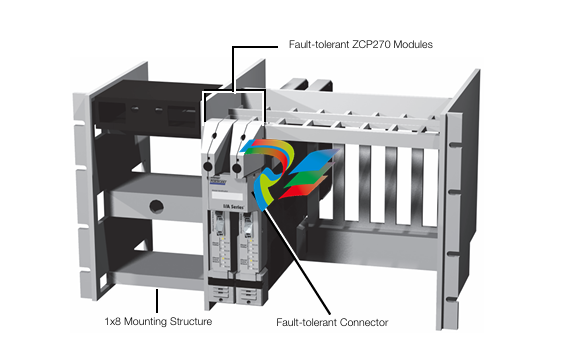

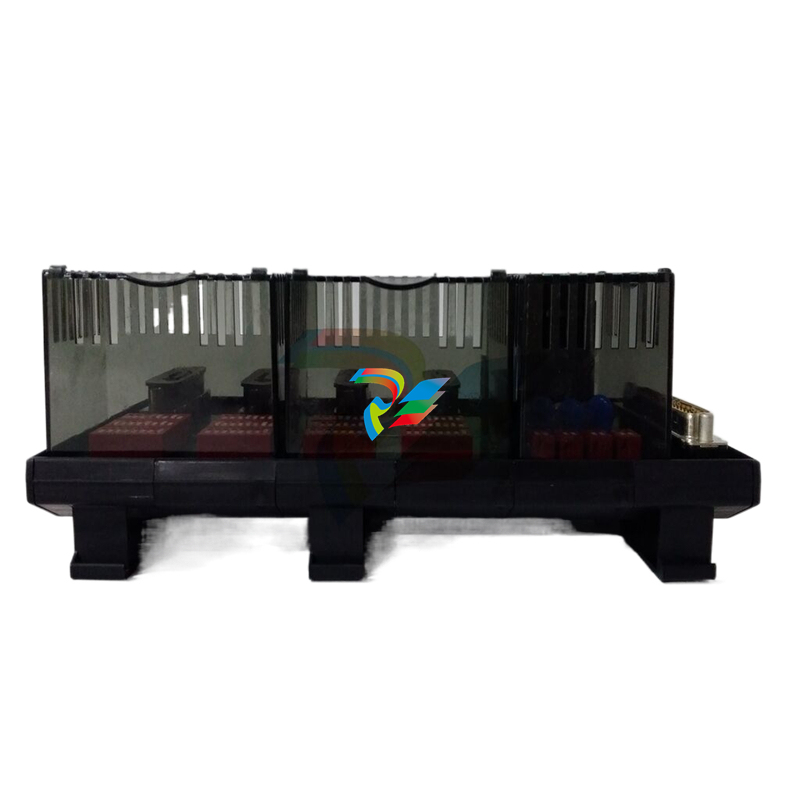
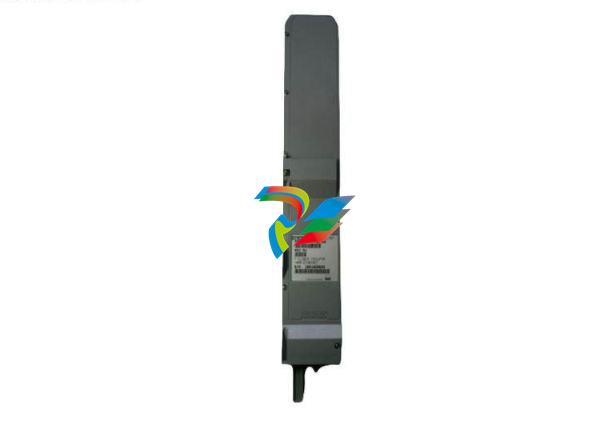
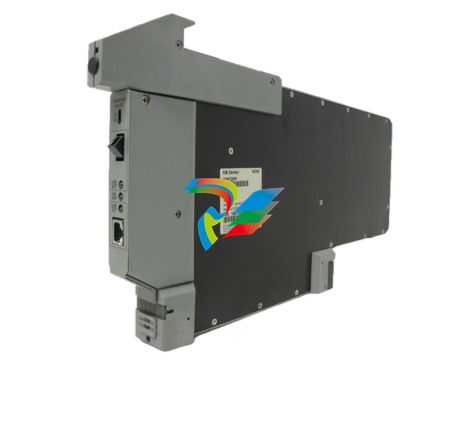
.jpg)
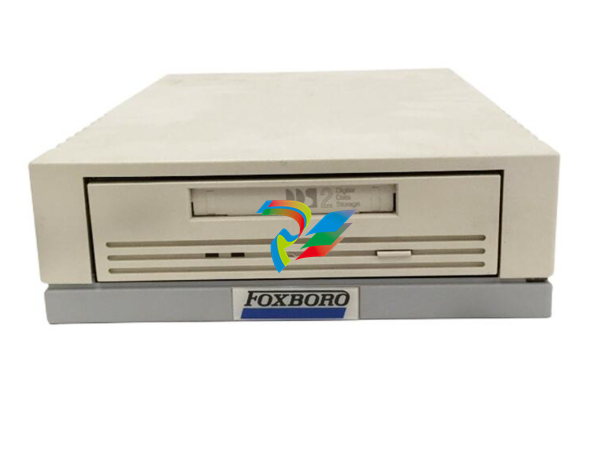

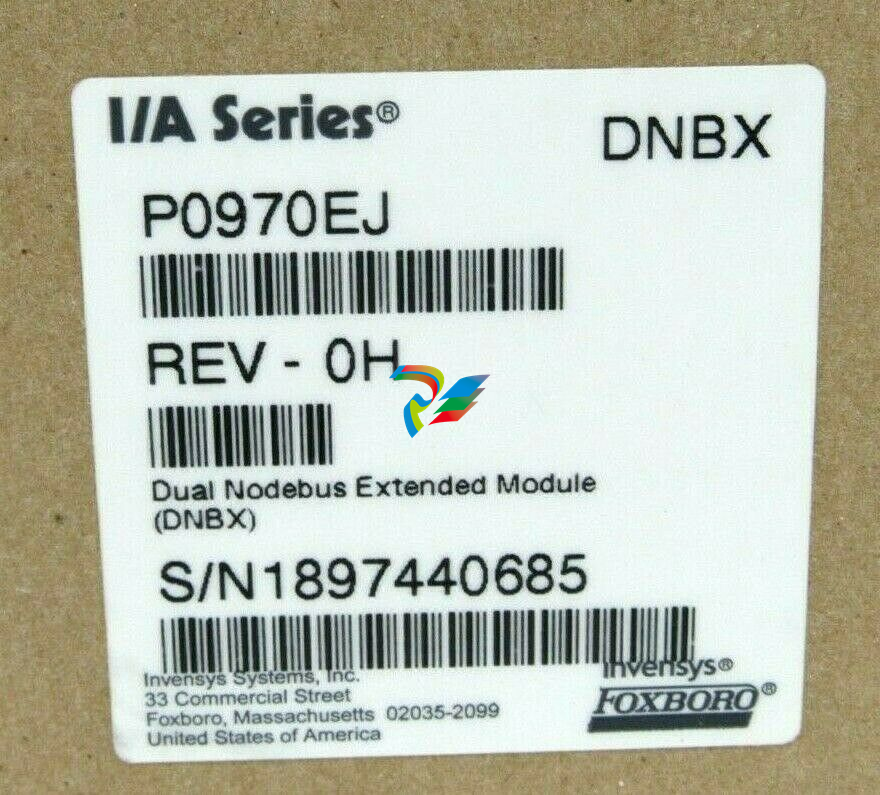

.jpg)
.jpg)
.jpg)
.jpg)
.jpg)
.jpg)
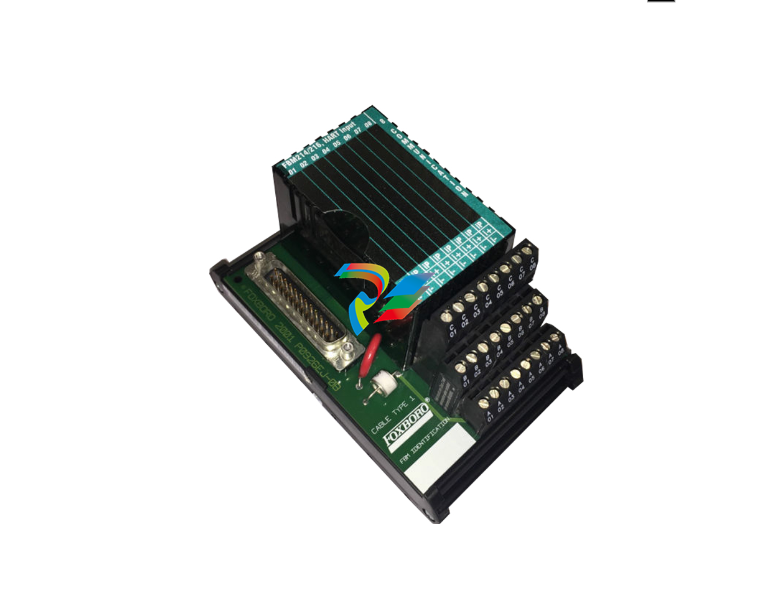
.jpg)
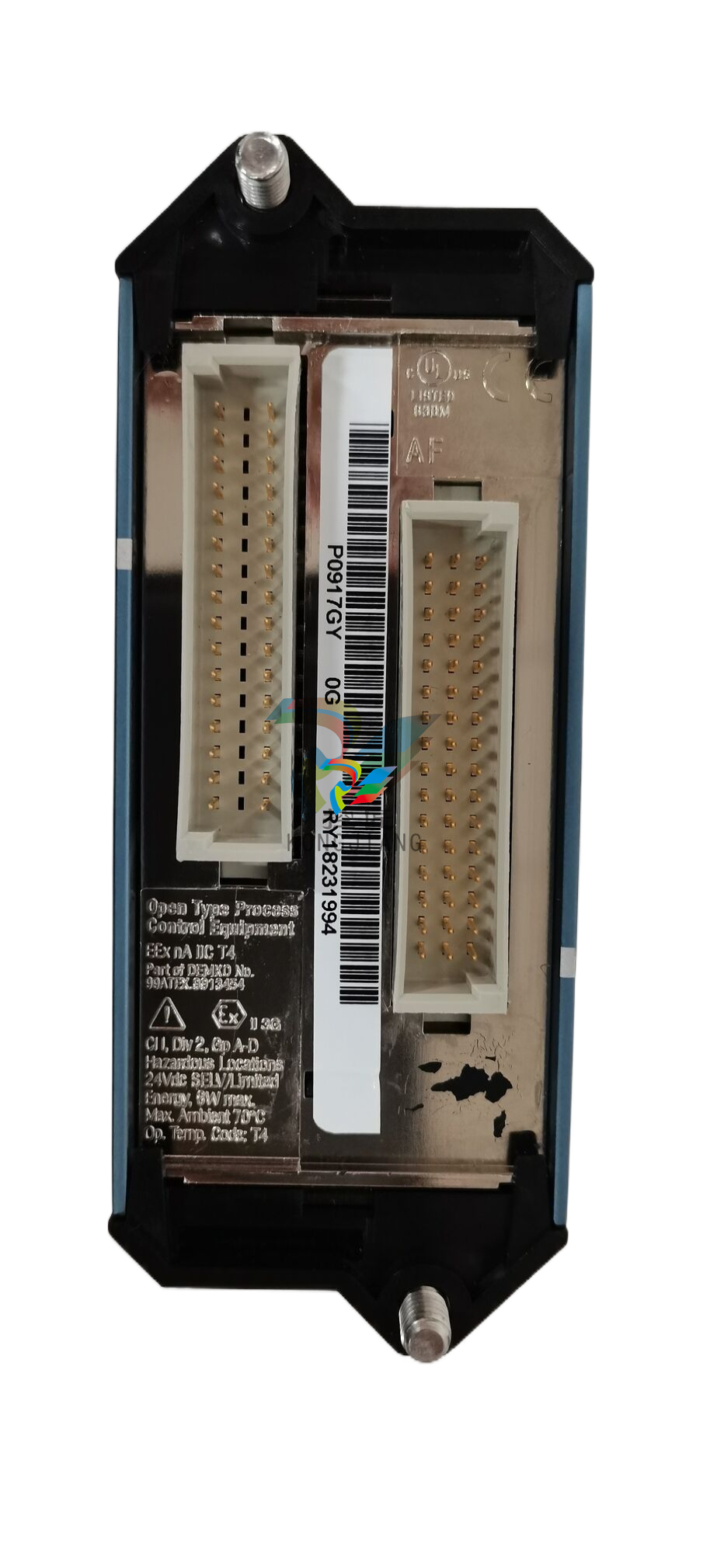
.jpg)
.jpg)
.jpg)
